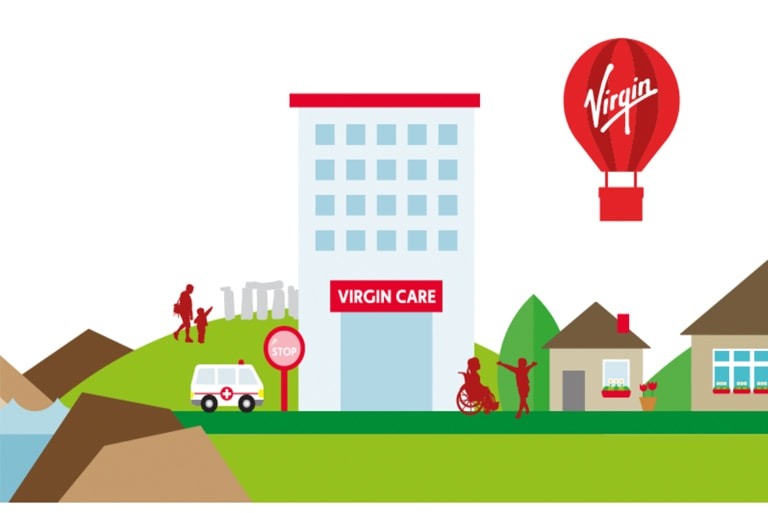A FOOT IN THE DOOR FOR PRIVATE PROVIDERS

Part of the problem was that the existing private hospitals were not commercially viable: "none of them could compete with NHS hospitals at NHS prices ...They depended wholly on the part-time work of NHS consultants, who demanded extremely high fees, and their clientele of privately insured patients was limited, so there were few economies of scale."
The solution was "to 'unbundle' some of the most potentially lucrative, standardised, high volume and low risk treatments provided in NHS hospitals, and offer private companies extremely favourable terms to provide them. Cataract surgery and hip and knee replacements were the obvious treatments to start with."
To achieve this a new 'Commercial Directorate' was established within the Department of Health "with the brief of 'introducing independent sector providers to the NHS' ... By mid-2009 the Independent Sector Treatment Centre (ISTC) programme had got some 30 privately owned surgical centres up and running throughout England. The Department of Health's formula was that they were part of 'the NHS family'. They were allowed to use the NHS logo, so most patients were (and still are) not aware that they are private companies."
There was some resistance to this process from local Primary Care Trusts: "The board of South-West Oxfordshire PCT, which had refused to sign a contact for cataract removals that seemed bound to lead to the closure of a highly regarded local NHS eye unit, was told that 'John Reid wanted a reversal of the decision on his desk by 12 o'clock on the Monday.' A survey of over a hundred NHS chief executives found that this was not an isolated case: the ISTC programme was forced through by bullying ...
"By August 2007 ISTCs were free to use NHS staff in most clinical specialities, and were doing so. The programme's dependence on NHS staff made it clear that privatisation on a larger scale would mean transfer of NHS staff to private employers.
"The ISTC programme also took funding away from the NHS. In order to make it attractive to the private sector, the companies concerned were paid for the number of treatments contracted for, whether or not they were actually carried out, and at a significantly higher price than NHS providers received. In effect it was financially risk free. Clinical risk - the risk of law-suits for medical malpractice if things went wrong - was also covered by the NHS. The money involved - £5.6 billion over five years - involved a significant subtraction from the NHS's resources. Its main contribution was to fatten the balance sheets of Netcare, Capio, Clinicenta and the other new private providers, feather-bedding their initial entry into the NHS-funded healthcare market."
The policy was justified by a need to reduce waiting lists - which could have been just as easily secured by passing the money spent on ISTCs to local NHS providers - but "a second objective was to offer patients 'choice', and to use competition to 'drive up standards' in the NHS. Most patients don't want a choice of providers if that means for-profit providers. But you can't have a market without people choosing between different suppliers, so patients had to be induced to choose, and GPs had to be induced to refer patients to private providers. Some GPs were even paid a bonus for every patient they referred to the local ISTC rather than the local NHS hospital."